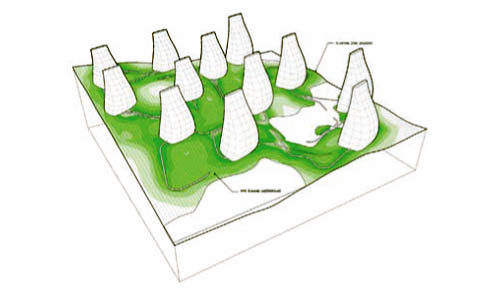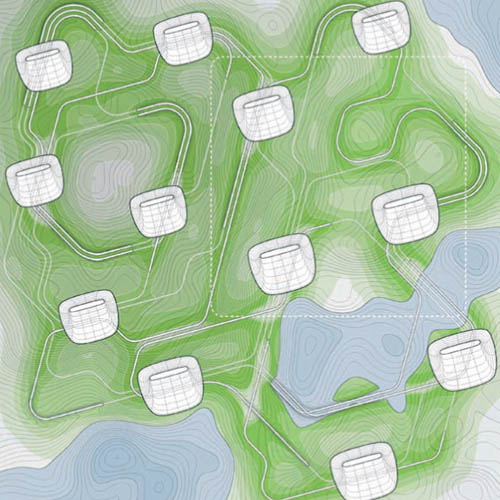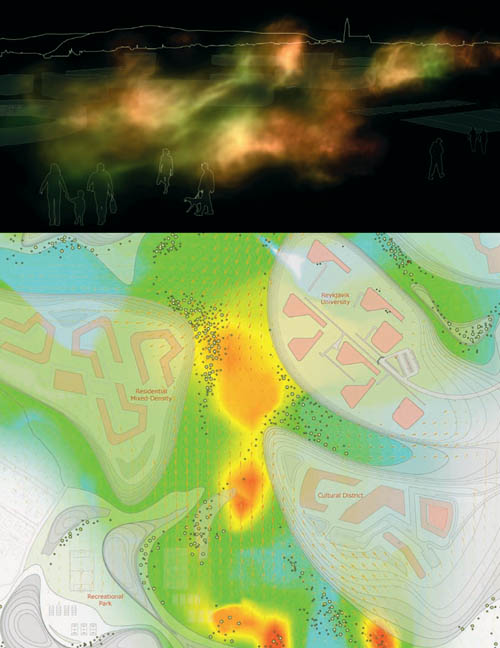Sent to you via Google Reader
Havana harvest: Organic agriculture in Cuba's capital
 The 44th Street and Fifth Avenue Organoponico in Havana. They always grow lettuce, both acelga espanol and acelga bok choy, spinach, radishes, green onions, garlic chives (which they call ajo montana), arugula, chicory, green beans, carrots, watercress, apio (celery), parsley, broccoli and an Argentine green bean that looks like a snap pea on steroids. They also raise medicinals – aloe vera, manzanilla (camomile), tilo, mejorana, cana mexicana, yerba buena, and another kind of mint. A sign explains the health benefits of chicory. – Photo: Scott Braley
The 44th Street and Fifth Avenue Organoponico in Havana. They always grow lettuce, both acelga espanol and acelga bok choy, spinach, radishes, green onions, garlic chives (which they call ajo montana), arugula, chicory, green beans, carrots, watercress, apio (celery), parsley, broccoli and an Argentine green bean that looks like a snap pea on steroids. They also raise medicinals – aloe vera, manzanilla (camomile), tilo, mejorana, cana mexicana, yerba buena, and another kind of mint. A sign explains the health benefits of chicory. – Photo: Scott Braley
Havana Harvest
by Mickey Ellinger and Scott Braley
San Francisco Bay View
February 26, 2010
Excerpt:
"Del cantero a la mesa: from the garden bed to the table," says the banner outside the urban garden at 44th Street and Fifth Avenue in Havana's Playa district. People are lined up at the counter to buy today's harvest: lettuce, spinach, bok choy, garlic chives.
Havana has almost 10,000 gardens, ranging from back yards to truck farms like Alamar. The 44th Street organoponico (the official term for the organic gardens in raised beds), founded in 1992, takes up half a city block on what used to be a dumping place. Its 48 raised concrete beds are filled with a planting mixture made of soil brought in from farther out in the country, mixed with worm compost from a bigger garden near them. They start the plants in three shade houses, harvest a bed all at once and set out new plants the same day.
They grow sorghum around the edges of the whole garden as a trap plant; the bugs like sorghum and munch on it instead of the leaf vegetables. Garden director Roberto Perez Sanchez says that the sorghum "keeps the insects entertained." Basil and marigold bloom at the foot of every bed to ward off more insects; and onions or garlic planted close together as a border inside each bed is a third line of defense.
This planting method gets results: They harvest half a dozen crops a year on average. Some plants like spinach go from garden to table in as little as 15 days. And the leaf crops are organically grown – beautiful, succulent, unblemished.
They also raise medicinal herbs – aloe vera, chamomile, lime, marjoram, two kinds of mint, and chicory. A sign at the counter from the macrobiotic researchers at Havana's world-famous Finlay Institute explains the health benefits of chicory: "a friend of the liver."
The garden co-operative has eight members: three in production, three in sales, a biological specialist that makes trichoderma (a biological control for nematodes) and director Perez, who is the agronomist and administrator. They contract part of the crop to the government to redistribute to schools, hospitals and workplaces to supplement what these institutions grow on site. The...

 Photo by by Anita Jamal
Photo by by Anita Jamal
 [Image: "Reykjavik Botanical Garden" by Andrew Corrigan and John Carr].
[Image: "Reykjavik Botanical Garden" by Andrew Corrigan and John Carr]. [Image: "Reykjavik Botanical Garden" by Andrew Corrigan and John Carr].
[Image: "Reykjavik Botanical Garden" by Andrew Corrigan and John Carr]. [Image: "Reykjavik Botanical Garden" by Andrew Corrigan and John Carr].
[Image: "Reykjavik Botanical Garden" by Andrew Corrigan and John Carr]. [Image: Produced for the "Vatnsmyri Urban Planning Competition" by Sean Lally, Andrew Corrigan, and Paul Kweton of
[Image: Produced for the "Vatnsmyri Urban Planning Competition" by Sean Lally, Andrew Corrigan, and Paul Kweton of 
 Richard's garden takes up about every inch of soil on his block, and none of it is wasted either in producing crops or for providing data for his experiments.
Richard's garden takes up about every inch of soil on his block, and none of it is wasted either in producing crops or for providing data for his experiments. 

 Strawberry Mansion Community Garden, North Philadelphia, 2008. All photos courtesy of The Pennsylvania Horticultural Society
Strawberry Mansion Community Garden, North Philadelphia, 2008. All photos courtesy of The Pennsylvania Horticultural Society








 Access to fresh produce such as that sold on this mobile farmers' market is limited in some urban areas.
Access to fresh produce such as that sold on this mobile farmers' market is limited in some urban areas. 